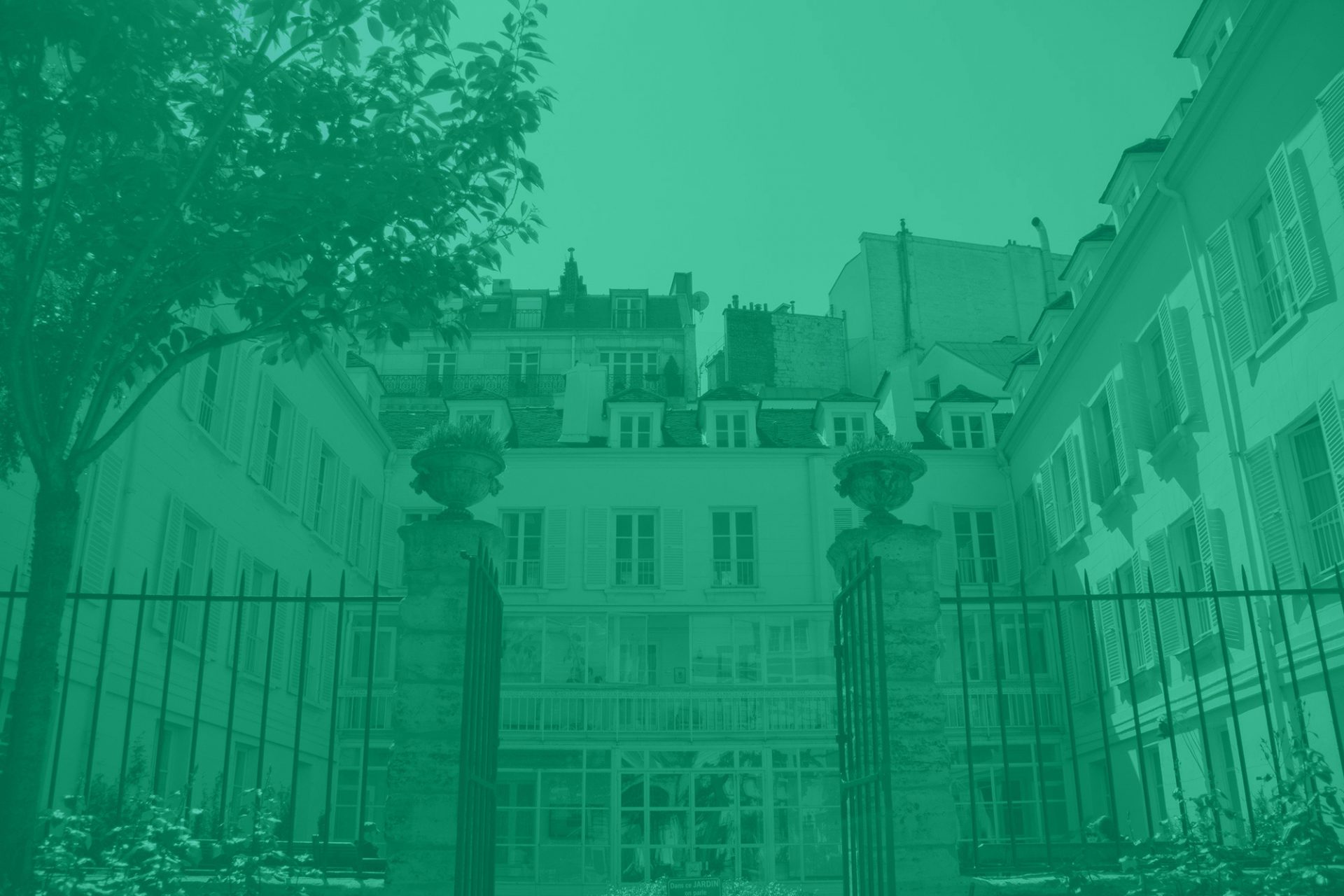Kent Summer School in Critical Theory
Featured story

Seminars
Timothy Campbell
Is it possible to think practices of the self that are equal to the challenges of the contemporary milieu? In this seminar, we will attempt to do just that. We’ll begin by sketching the most important features of the contemporary milieu, under the rubric of biopower. Through readings from Foucault, Agamben, and Deleuze (amongst others), we will size up the biopolitical and ethical situation we face, in order to see where fault lines may appear in present day biopower. Doing so will help set the scene for the second part of the seminar, when we’ll consider potential practices of the self across a variety of thinkers and texts, including Foucault’s later lectures as well as works from Kenneth Burke, D.W. Winnicott, Jacques Lacan, Lyotard, and Deleuze; practices that may actually prove capable of confronting biopower today. If we had to find names for such practices of the self, we could do worse than opt for attention and ethos.
Indicative Reading List
Giorgio Agamben, The Highest Poverty; Means without End; The Use of Bodies.
Hannah Arendt, The Human Condition
Kenneth Burke, Attitudes Toward History; A Grammar of Motives
Judith Butler, Giving an Account of Oneself
Emanuele Coccia, Sensible Life
Gilles Deleuze and Felix Guattari, Anti-Oedipus
Gilles Deleuze, Foucault
Forti, Simona. The New Devils
Michel Foucault, The Courage of Truth; The Government of Self and Others; “Nietzsche, Genealogy, History”; Security, Territory, Population; “What is an Author?”; “What is Critique?”; “What is Enlightenment?”
Jacques Lacan, Anxiety; The Ethics of Psychoanalysis 1959-1960
Michael Lambek, ed. Ordinary Ethics: Anthropology, Language, and Action
Jean-François Lyotard, Driftworks
Plato, Apology; Laches
D.W. Winnicott, Playing and Reality
Patricia Williams
We live in a visual world. Yet for law, the printed word is foundational. Emphasis on “the book” in legal culture shapes our notions of what is recognized as legitimate, and what sort of evidence deemed admissible in law. But just as the moveable printing press stretched the moral, religious, and governmental ligaments of how civilizations were constituted, so we face a radically new technological revolution, grounded in a massive shift from print to pictograph.
The seminar will focus on how visual media contribute to the construction of legal knowledge as well as our sense of fairness and justice. From amateur streaming of police-citizen encounters to CCTV, from selfies to surveillance drones, from biometrics to Google-earth, we live in much-too-interesting times. Community is evolving within newly-imagined topologies of race, gender, identity and phenotype. Powerfully idiomatic visual–often “viral”–regimes are redirecting our affective relations to concepts of neighbor, neighborhood, nativism, citizenship, alienation and belonging. We will ask how knowledge and seeing are linked; and how our gaze is directed—whether by cognitive capacity, social force (including tabloidization or terror), or algorithm. We will compare rhetorical conventions in verbal and visual accounts of the same cases. This will include study of the narrative elements of constructing “sides”—how heroes and villains are made, as well as the complexities of truth-telling and neutrality, of incitement, exposure, iconoclasm, and public order. We will discuss the comparative professional ethics of law and media, including the roles and representational responsibilities of lawyers, legislators, bloggers, photojournalists, filmmakers, cartoonists, graphic artists, politicians, police, and citizen-observers.
Indicative Reading List
Simone Brown, Dark Matters: On the Surveillance of Blackness, Duke University Press, 2015
Colin Dayan, The Law Is a White Dog: How Legal Rituals Make and Unmake Persons, Princeton University Press, 2013
Diane Dufour, ed., Images of Conviction: The Construction of Visual Evidence, Le Bal, Paris, 2015
Roberto Esposito, Persons and Things, Theory Redux, 2015
Shoshana Felman, The Juridical Unconscious: Trials and Traumas in the Twentieth Century, Harvard Press, 2002
Thomas Keenan and Ayal Weizman, Mengele’s Skull: The Advent of a Forensic Aesthetics, Sternberg Press, 2012
Nicholas Mirzoeff, The Right to Look: A Counterhistory of Visuality, Duke University Press, 2011
Susan Sontag, Regarding the Pain of Others, Picador, 2004
Victor Navasky, Naming Names, Hill and Wang, 1980
We will also consider a number of court cases, movies and law review articles
Lectures
Timothy Campbell
In this lecture I will use two frames for making sense of Foucault’s notion of care of the self: the comic and the biopolitical, with the latter understood principally in terms of health. For the comic, I employ a (Kenneth) Burkean reading of comedy as corrective in order to read care of the self with and against Foucault, especially where he thinks care of the self and parrhesia together in The Courage of Truth. What does a techne associated with a comic self look like? Once done, I’ll turn to the biopolitical frame to read care of the self as constituted by an immanent notion of health. By bringing comedy and (biopolitical) health together in terms of practices of the self, we can, I hope, begin to pry apart the grip that biopower holds over both care and the self.
Patricia Williams
TBA
Roundtable
In collaboration with Sciences Po Law School, this roundtable will feature the participation of
- Professor Louis Assier-Andrieu (Sciences Po, Law)
- Professor Alain Pottage (LSE, Law)
- Professor Julie Saada (Sciences Po, Law)
- Professor Mikhail Xifaras (Sciences Po, Law)
Roundtable
With the participation of
- Professor Karin van Marle (Pretoria, Jurisprudence)
- Dr Emilio Dabed (Columbia, Centre for Palestine Studies)